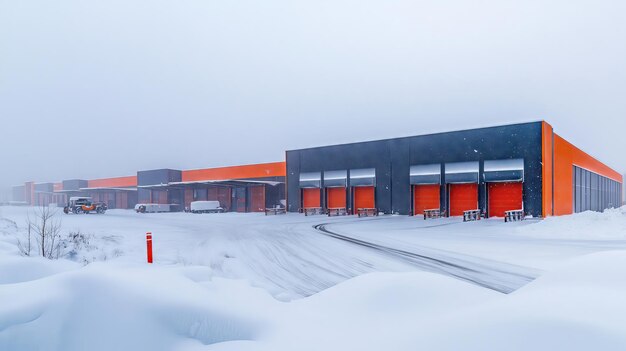
Retail distribution in the United States is a complex web of logistics, forecasting, and consumer demand — and weather is often the invisible hand steering it all. From hurricanes in Florida to snowstorms in the Midwest, the weather isn’t just a background factor — it’s a key player. Let’s explore how top brands adapt their retail distribution strategies in response to weather patterns and what marketers can learn from it.
1. Why Weather Matters More Than You Think
Weather affects what people buy, when they buy it, and how fast they expect it delivered. But beyond consumer behavior, weather in retail distribution plays a significant role in logistics. Routes get blocked, warehouses close, and demand shifts overnight.
For instance, Home Depot and Lowe’s ramp up their supply chain in hurricane-prone areas each season. They stock generators, tarps, and bottled water earlier than usual in Gulf states, thanks to weather forecasting models tied directly into their distribution systems.
Also Read : Marketing Opportunities at the Gasparilla: Capitalize on the Festivities!
2. Regional Weather Patterns and Distribution Strategies
In the U.S., distribution hubs are often strategically placed based on regional weather trends. Brands like Target and Walmart leverage data to pre-position goods ahead of predicted storms or seasonal shifts.
- The South & Gulf Coast: During hurricane season, distribution plans include rerouting goods inland and stocking up in safer zones.
- The Northeast & Midwest: Snow and ice often cause delays. Retailers build buffer times into their delivery schedules and increase local storage to prevent shortages.
- The West Coast: While wildfires and extreme heat don’t seem logistical at first glance, they affect transportation networks and warehouse operations.
continue reading…


